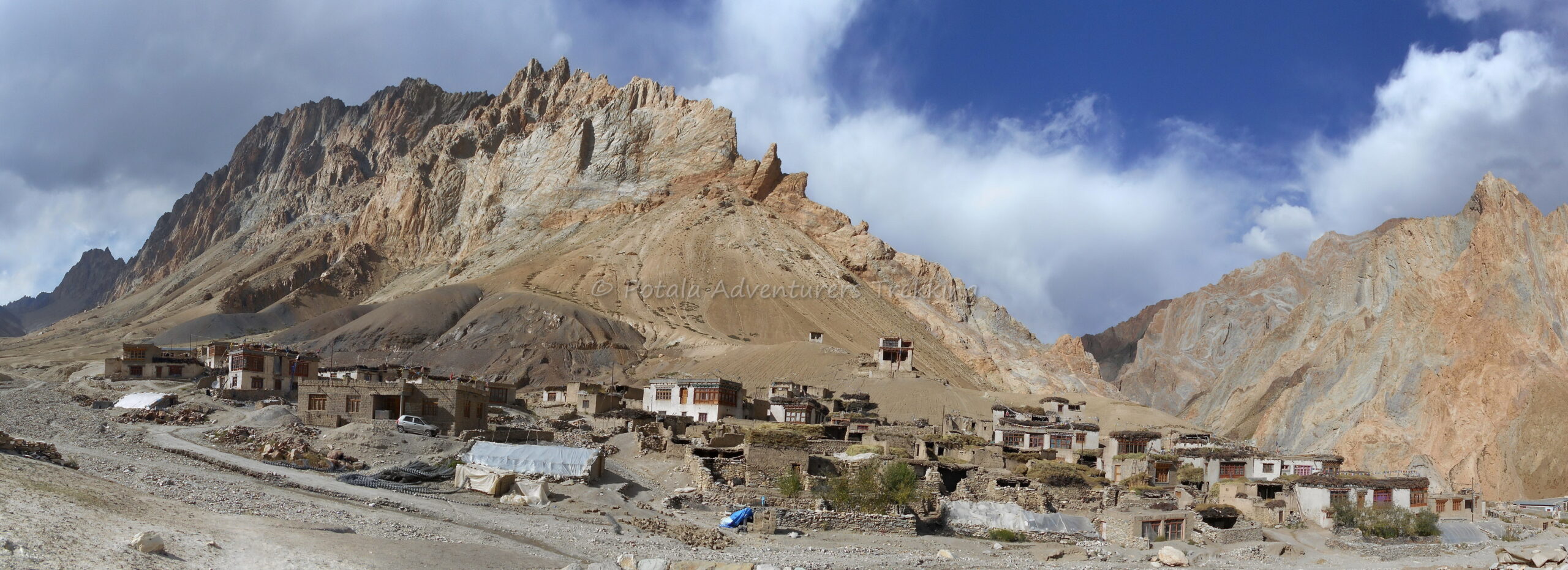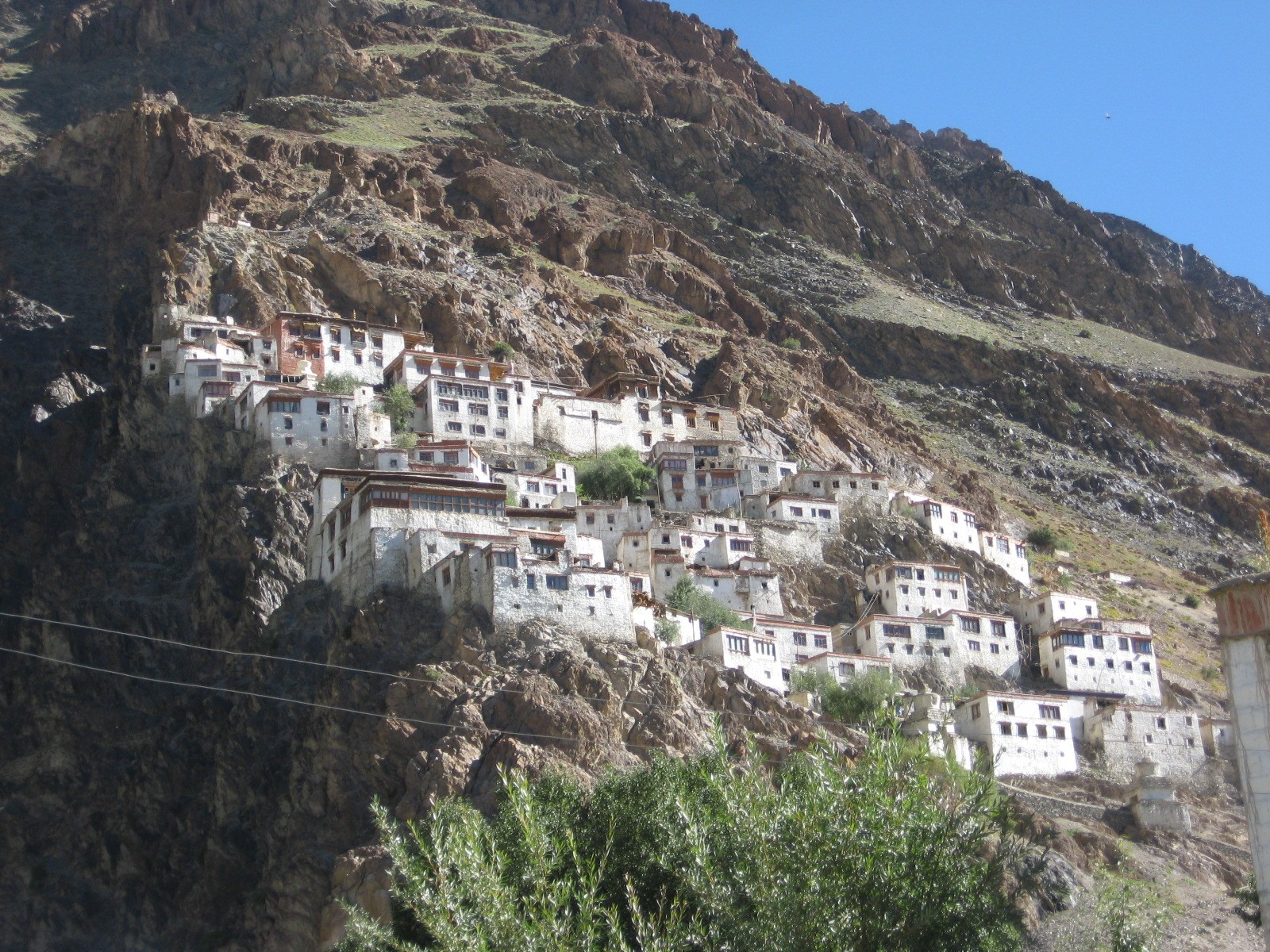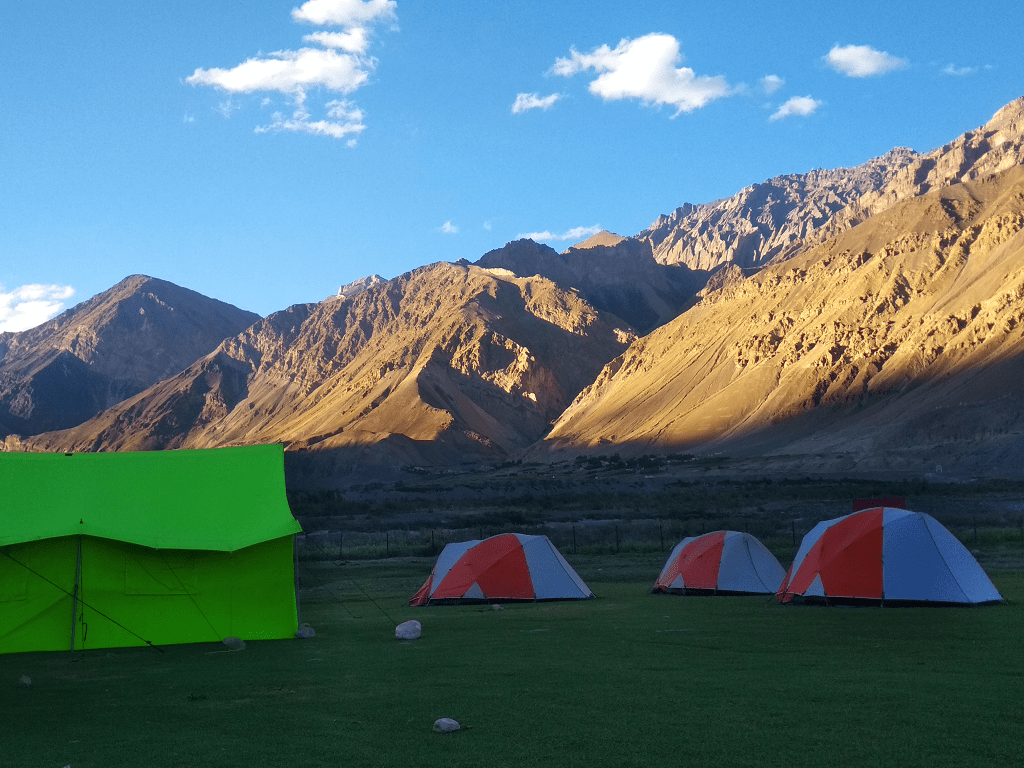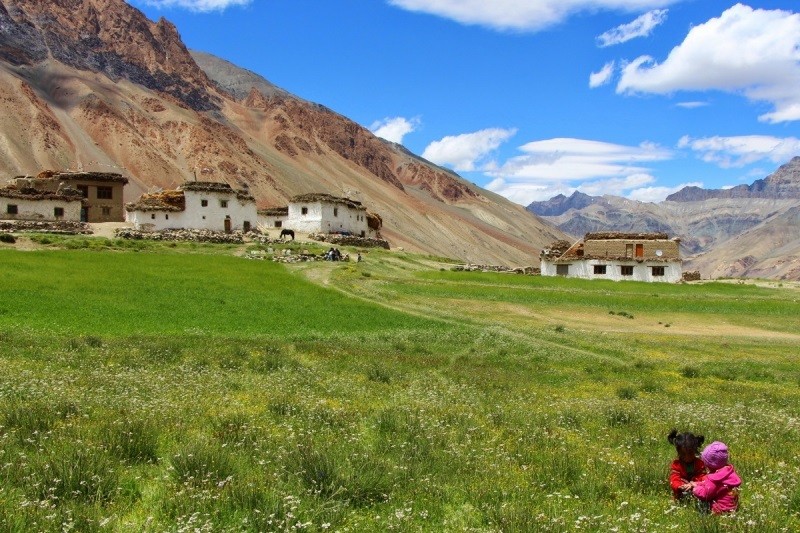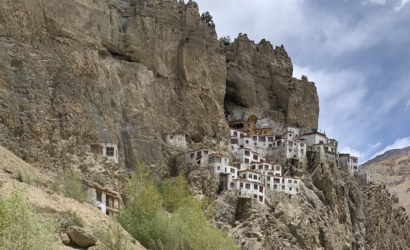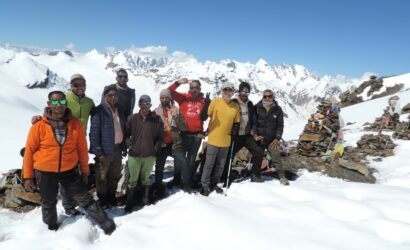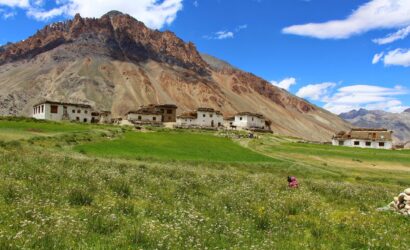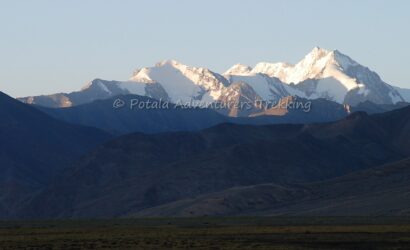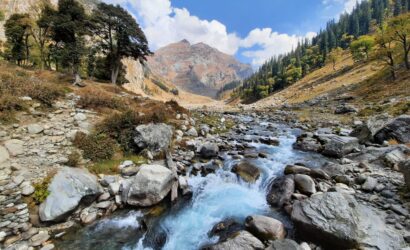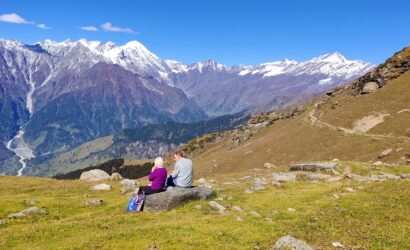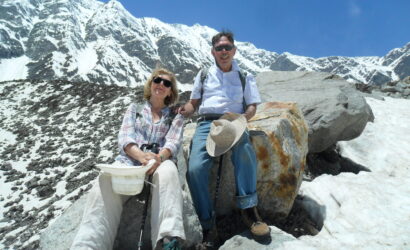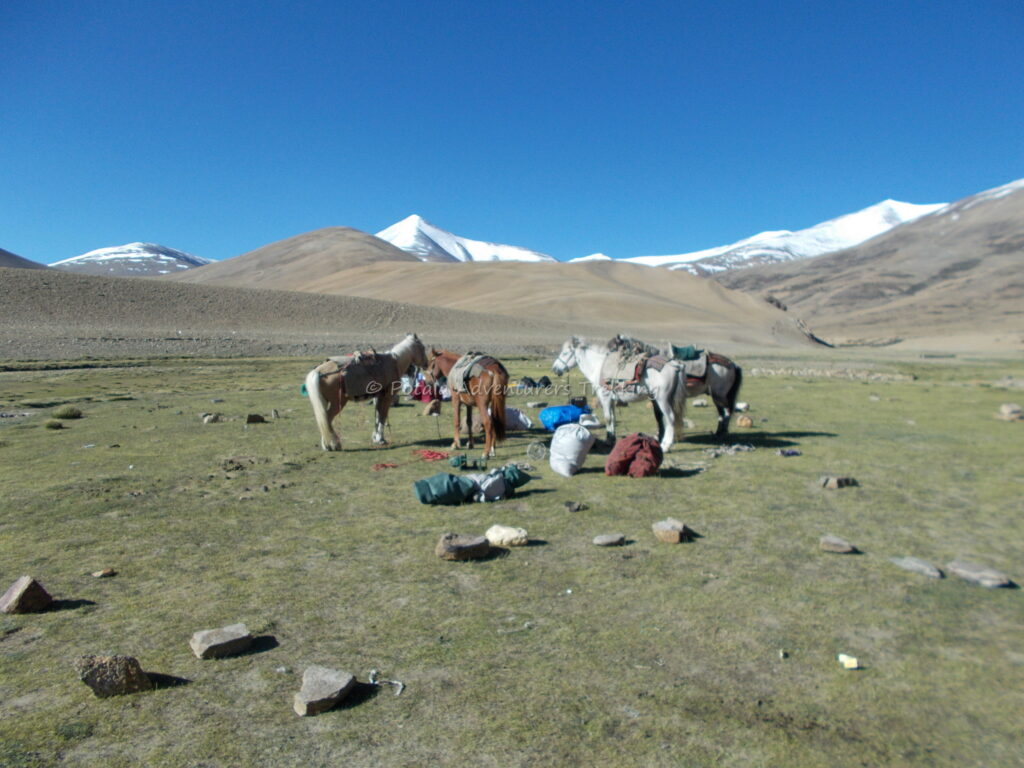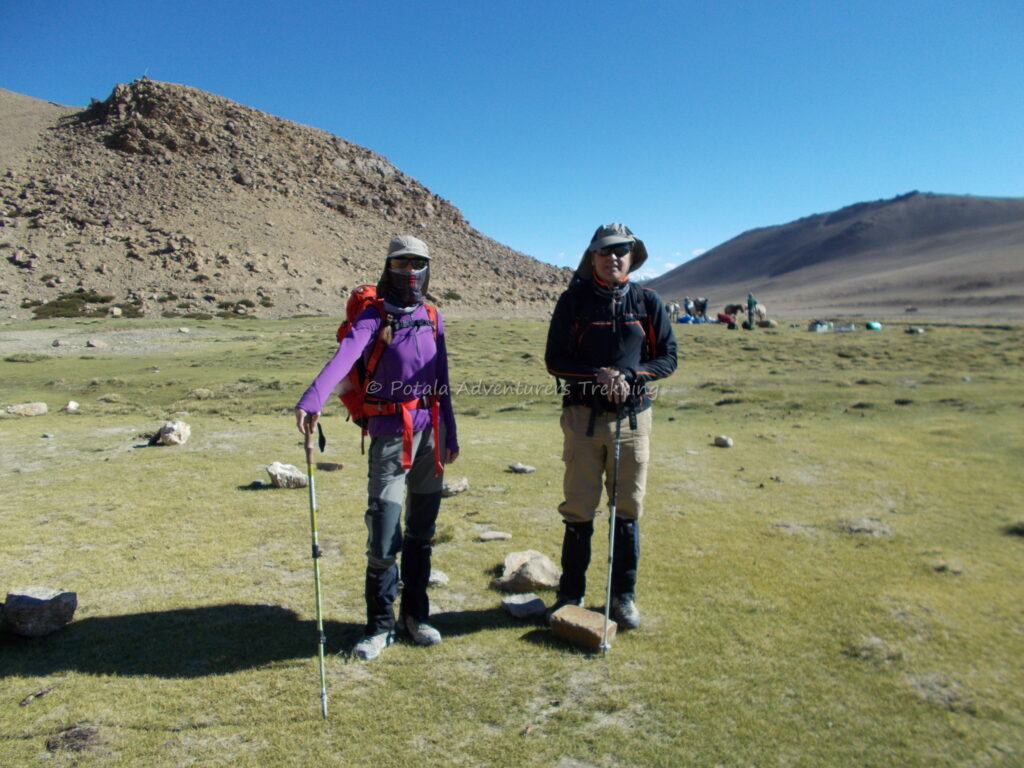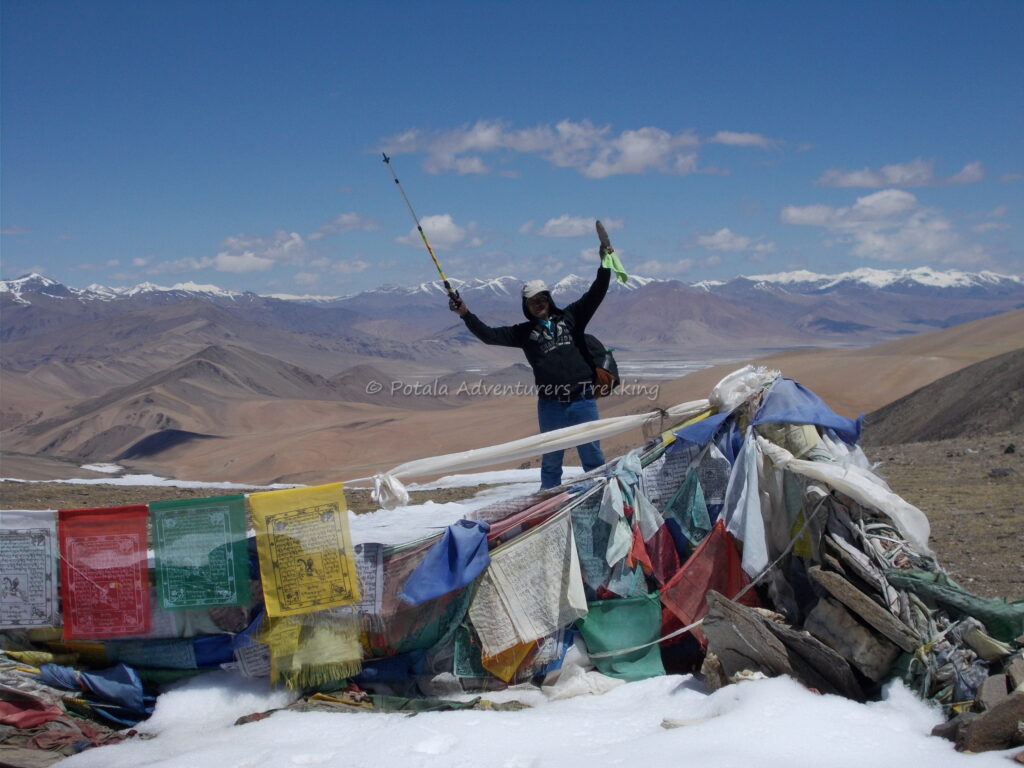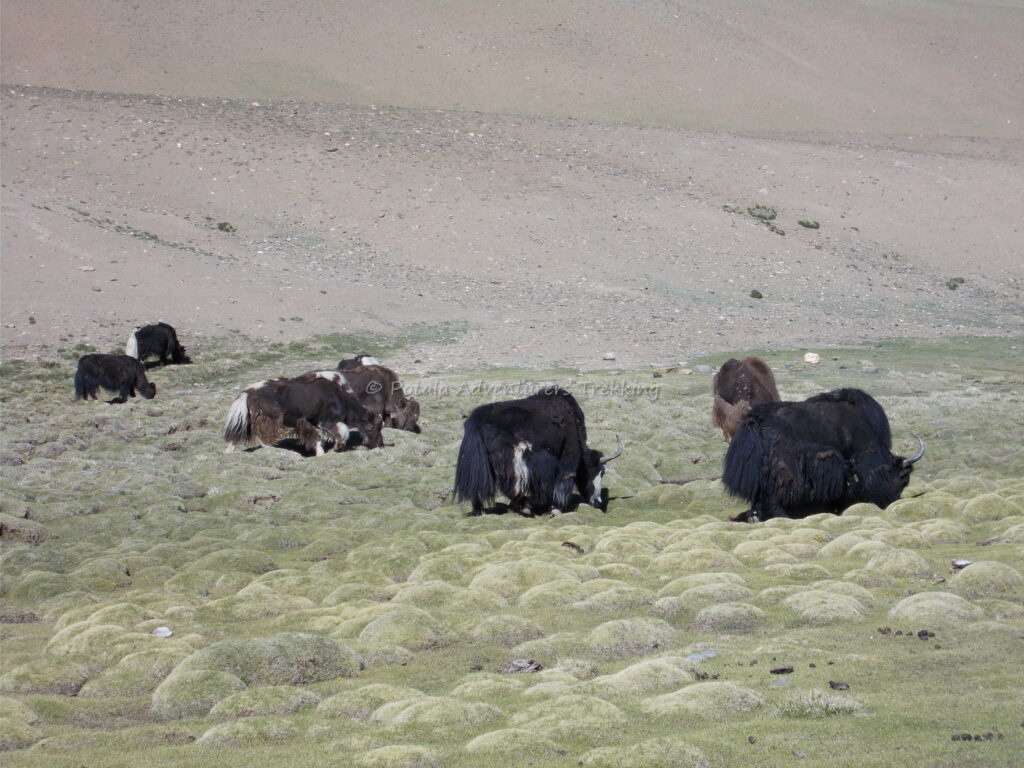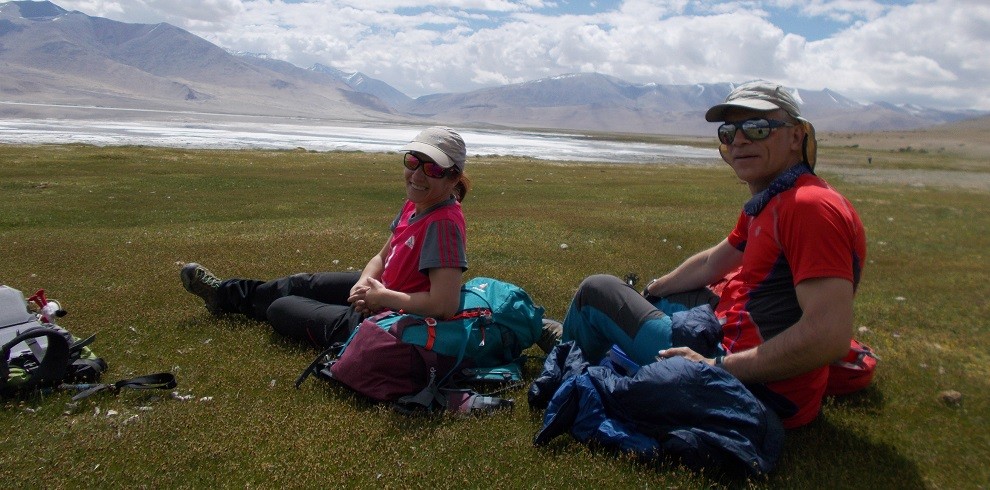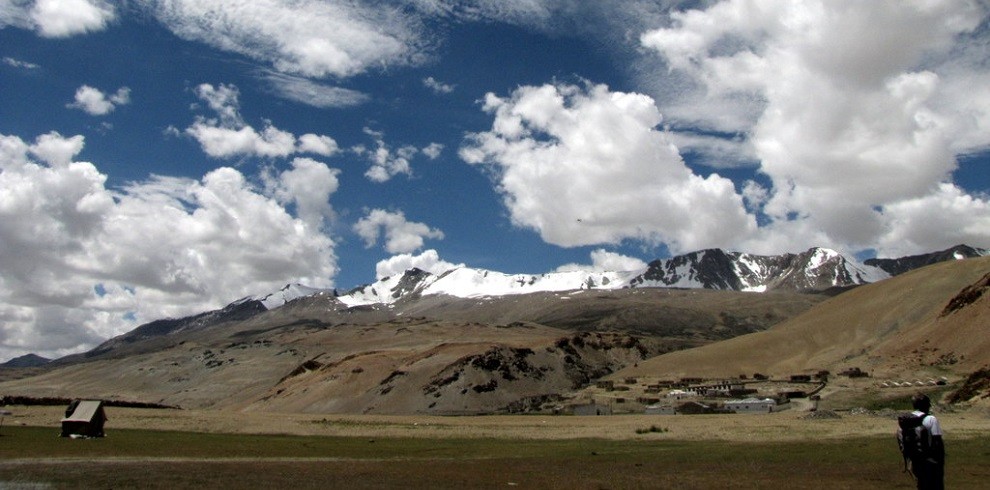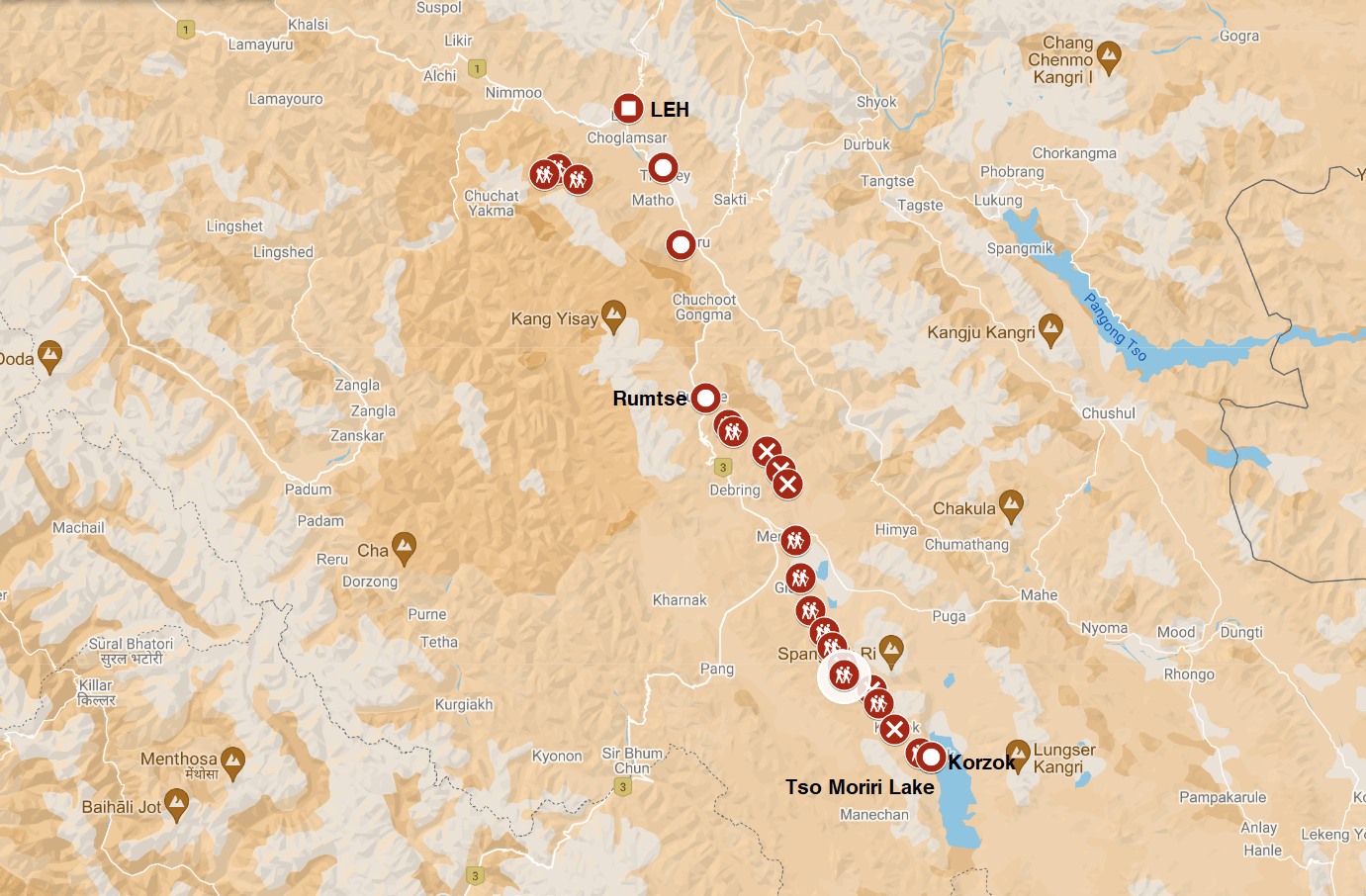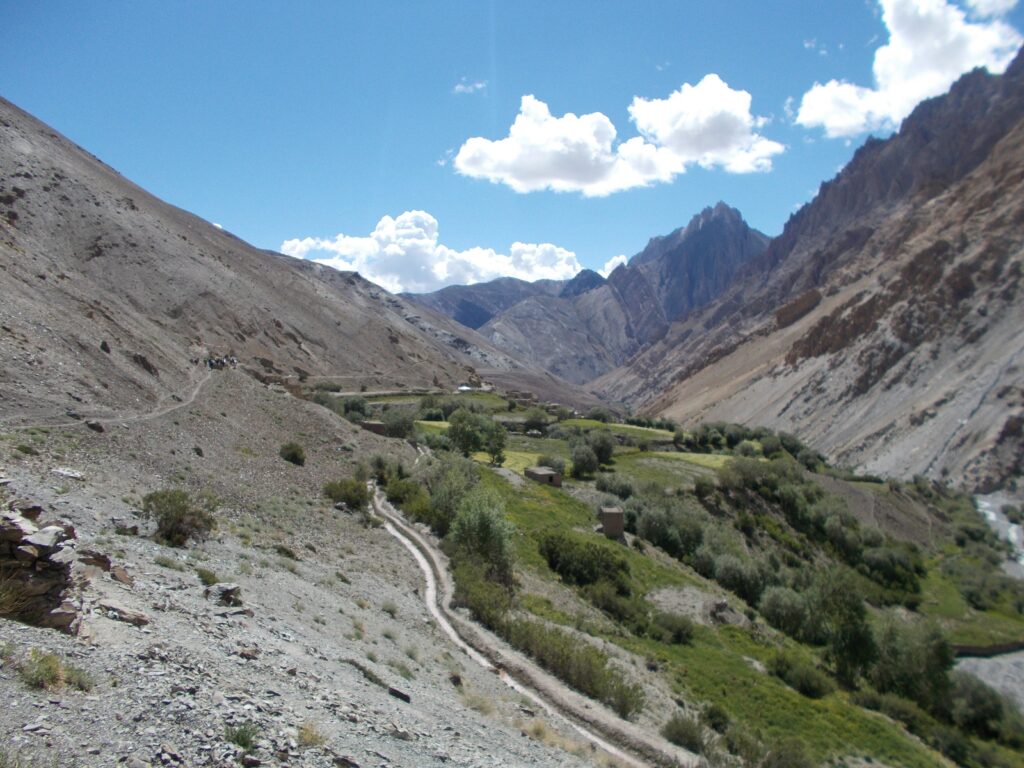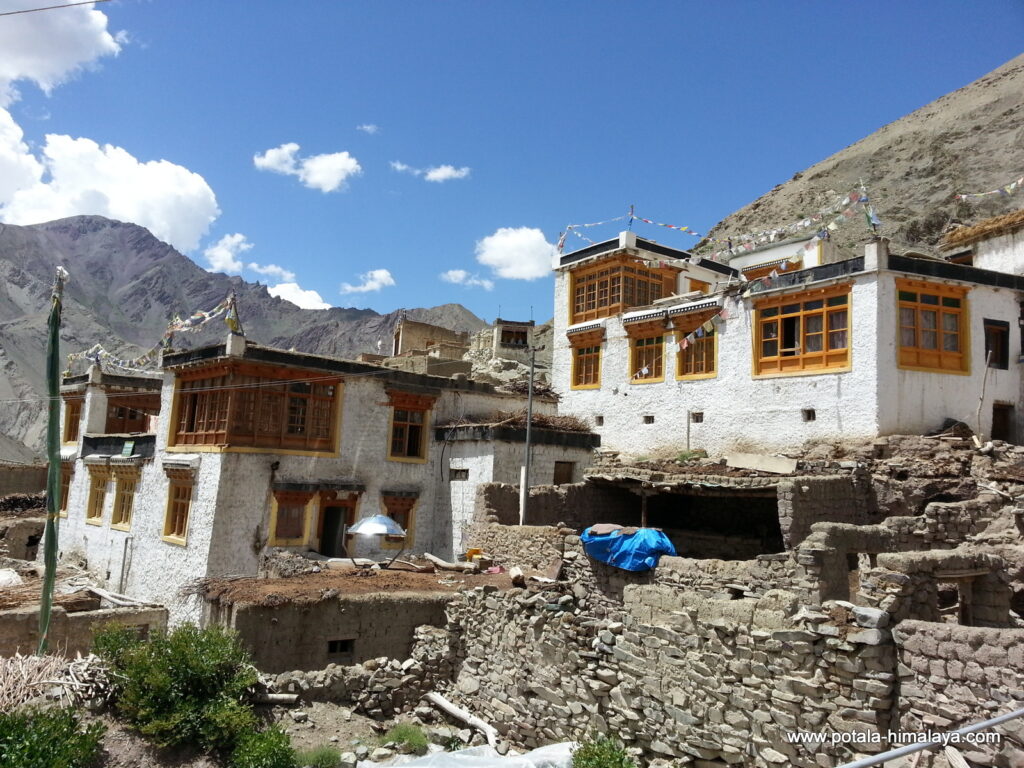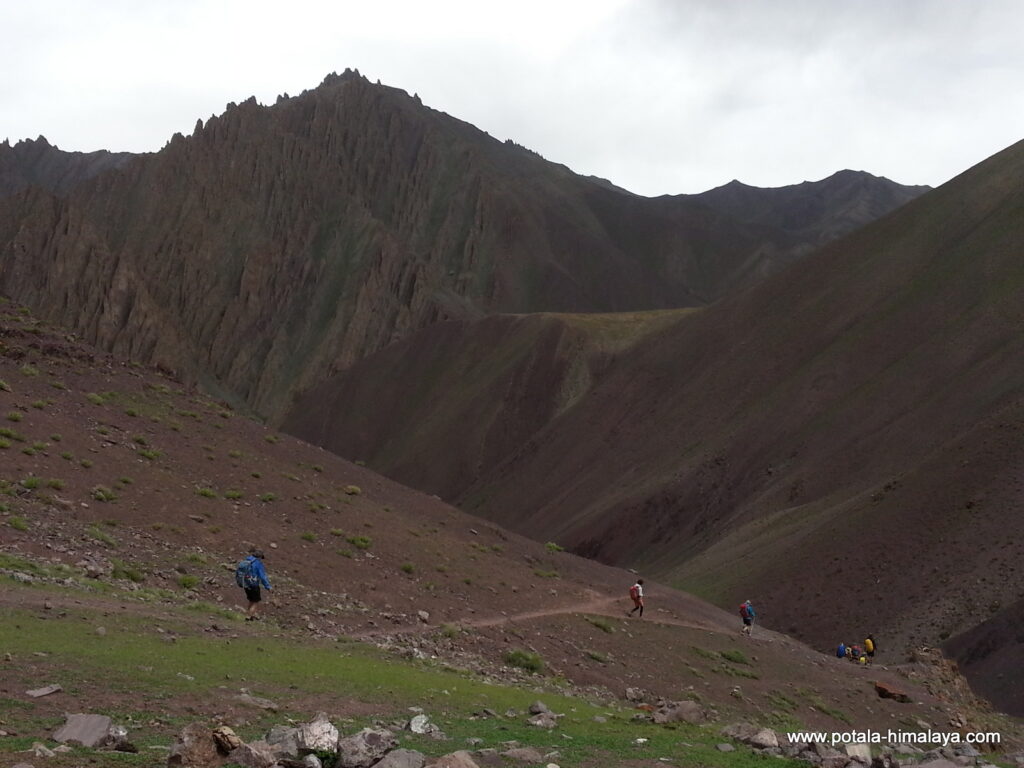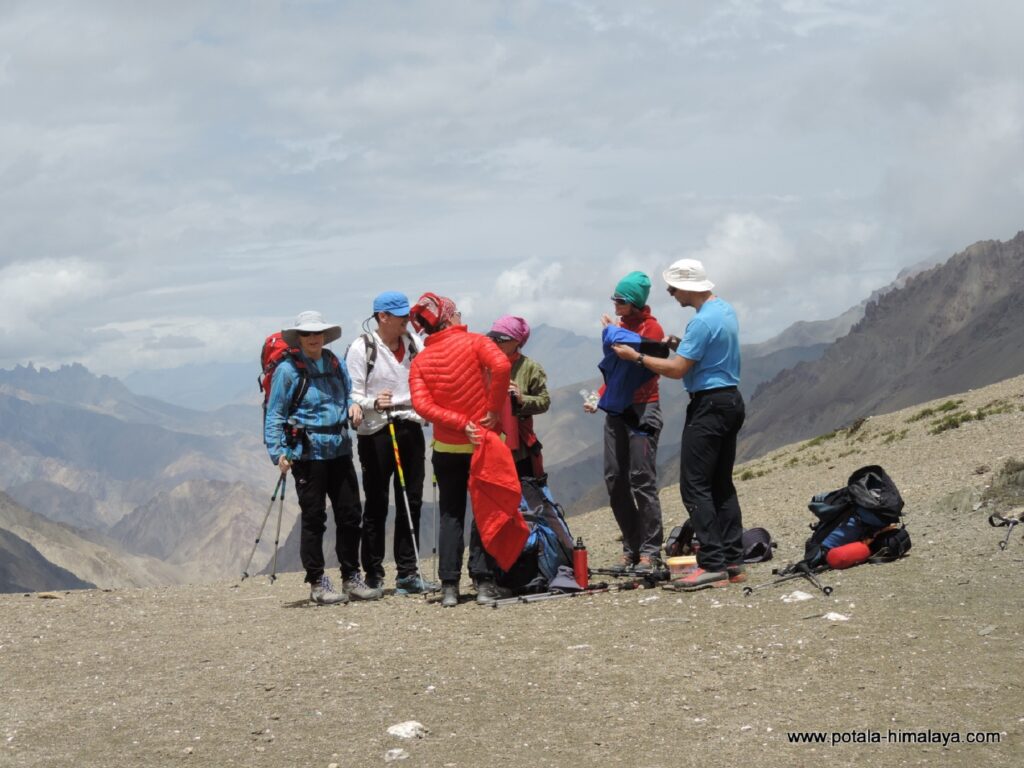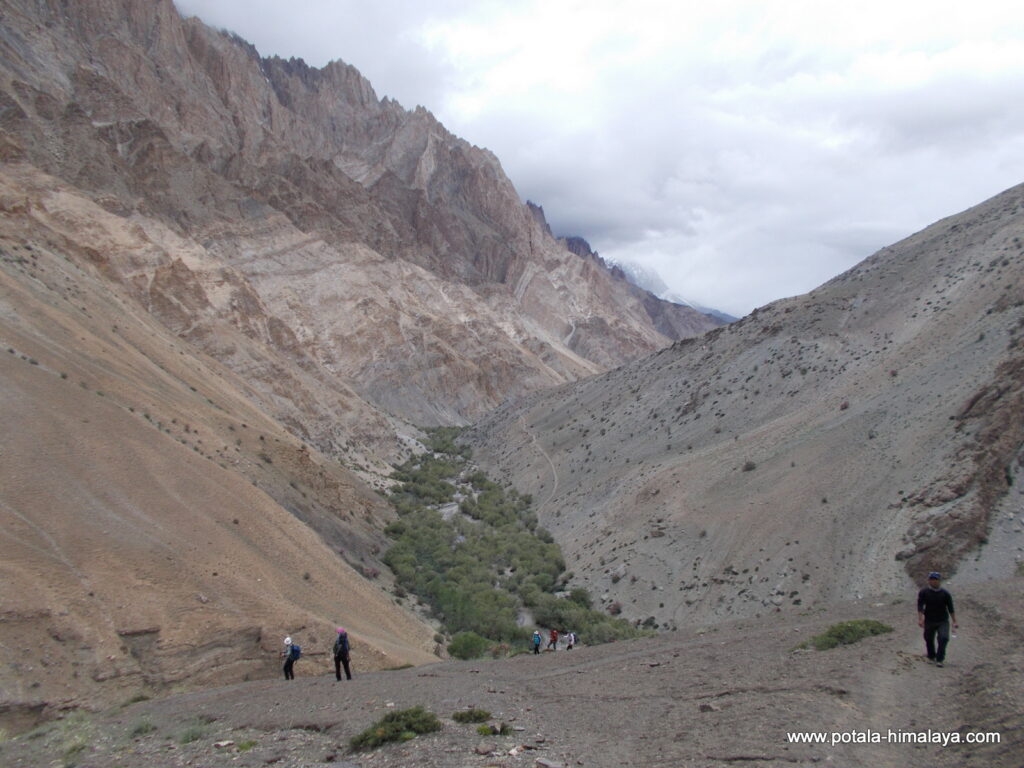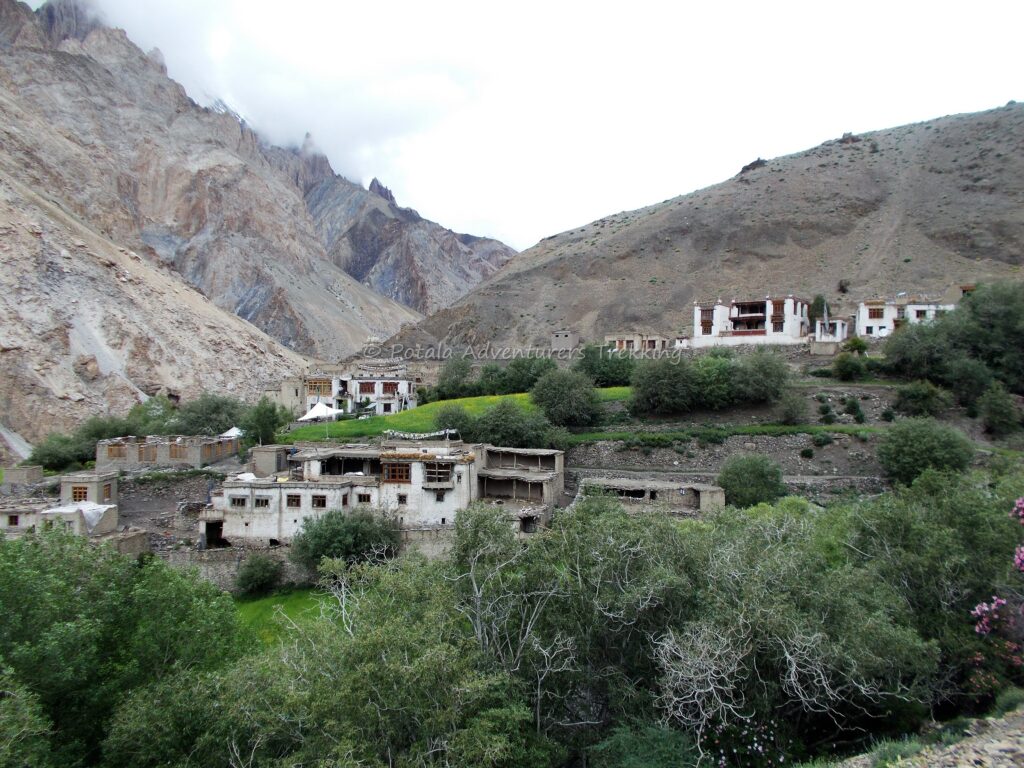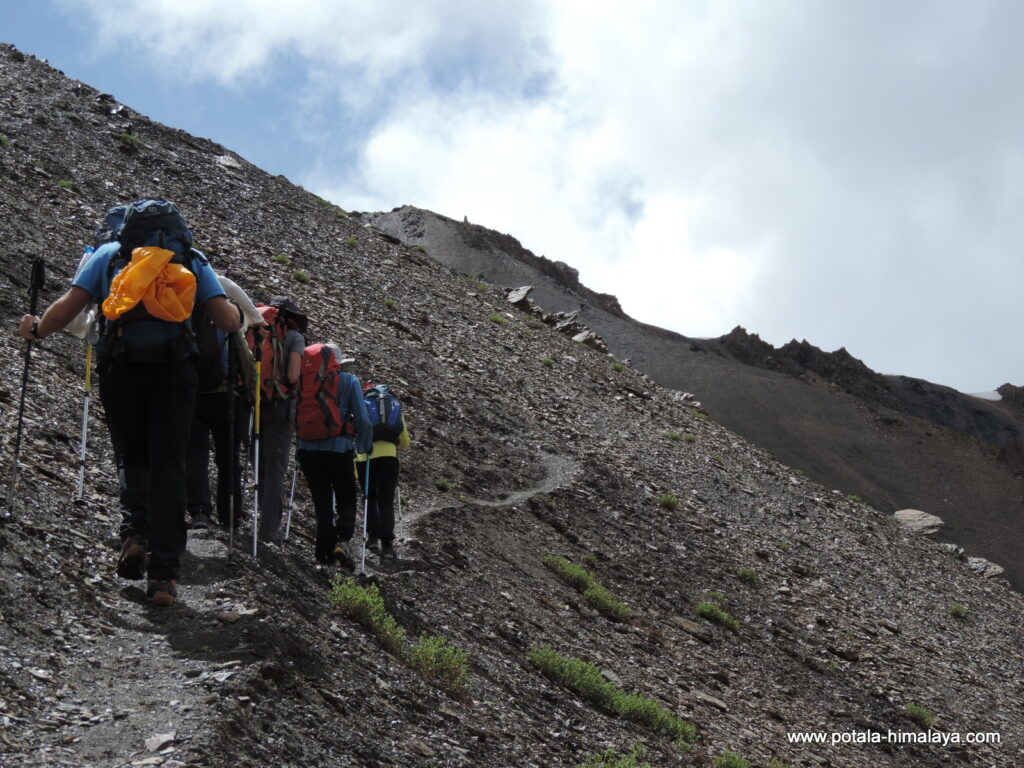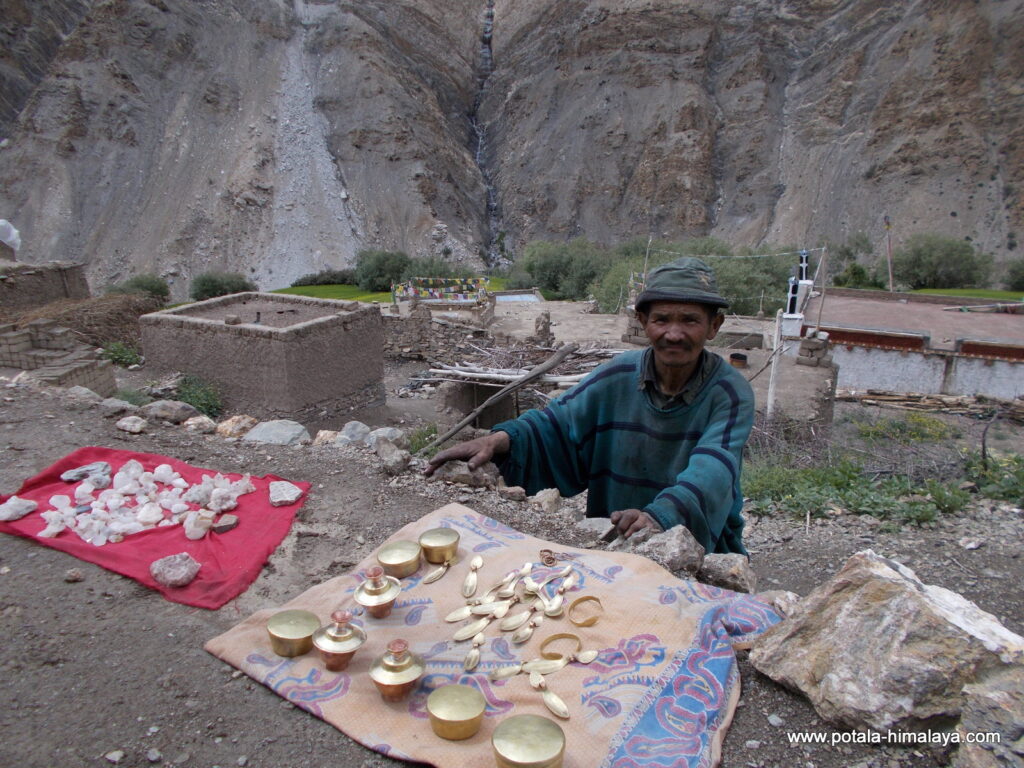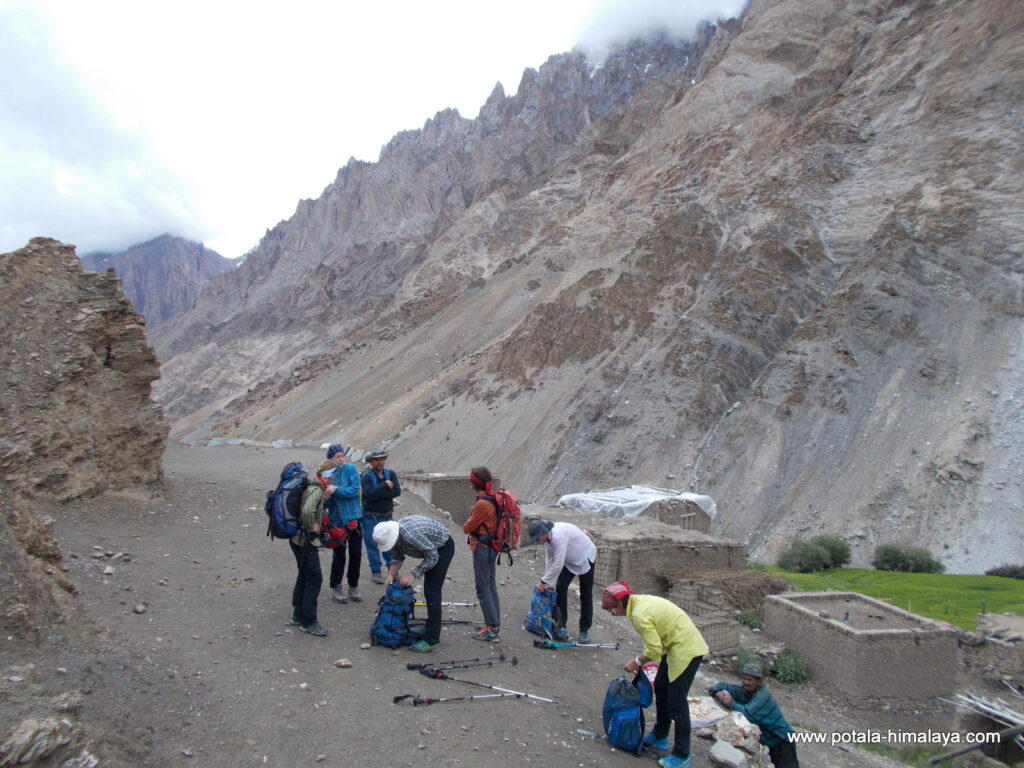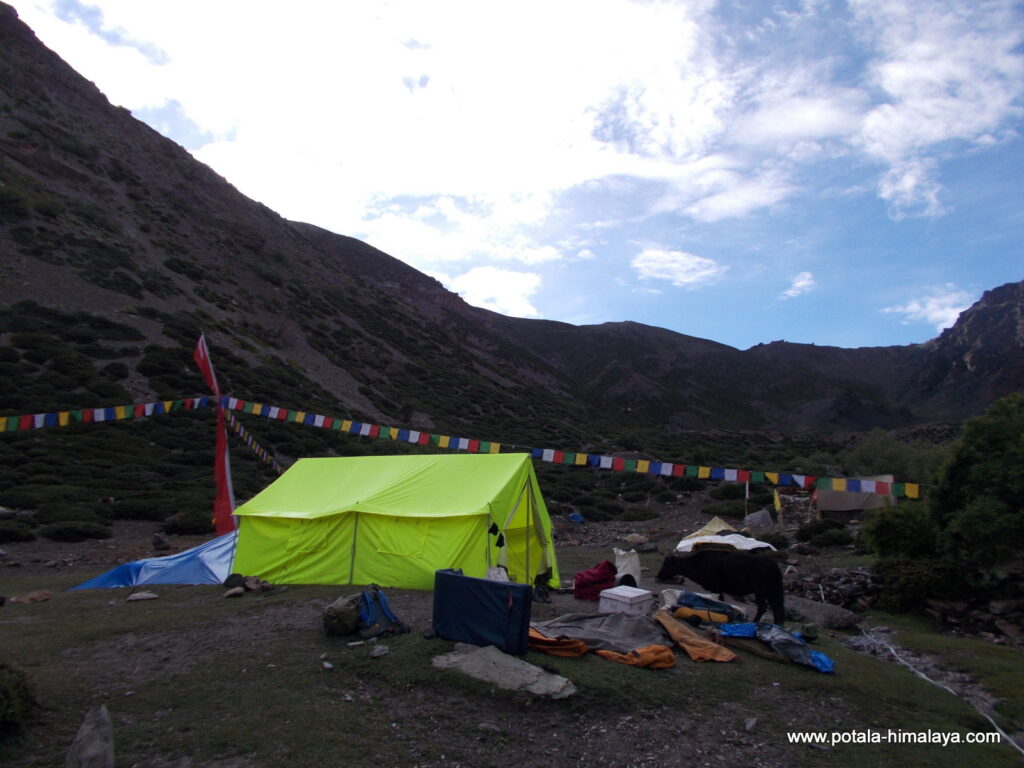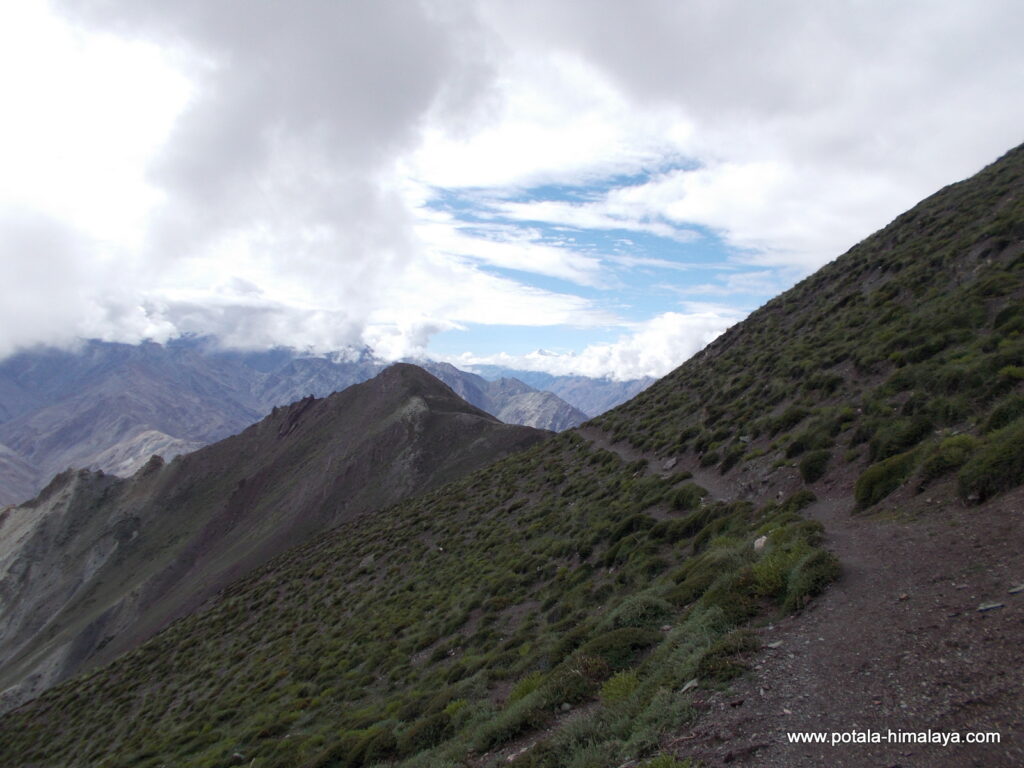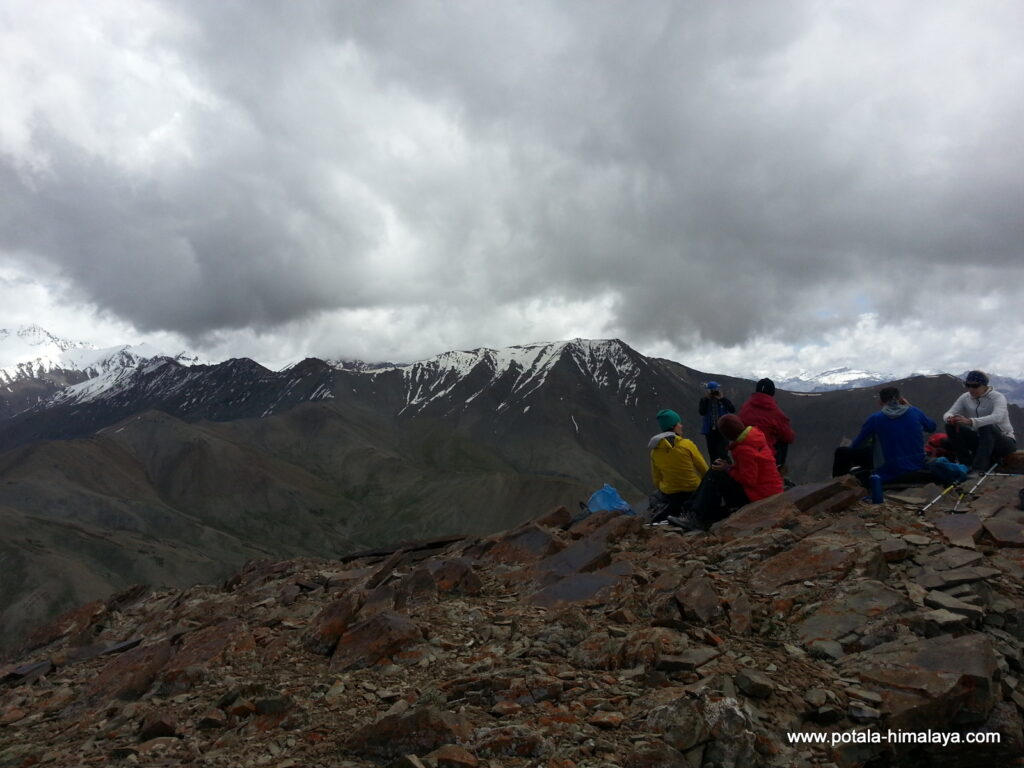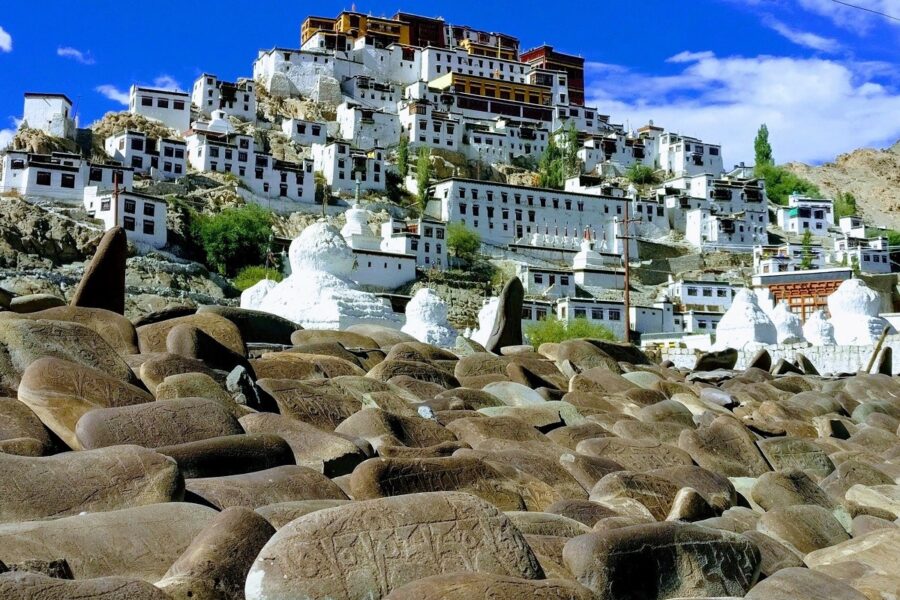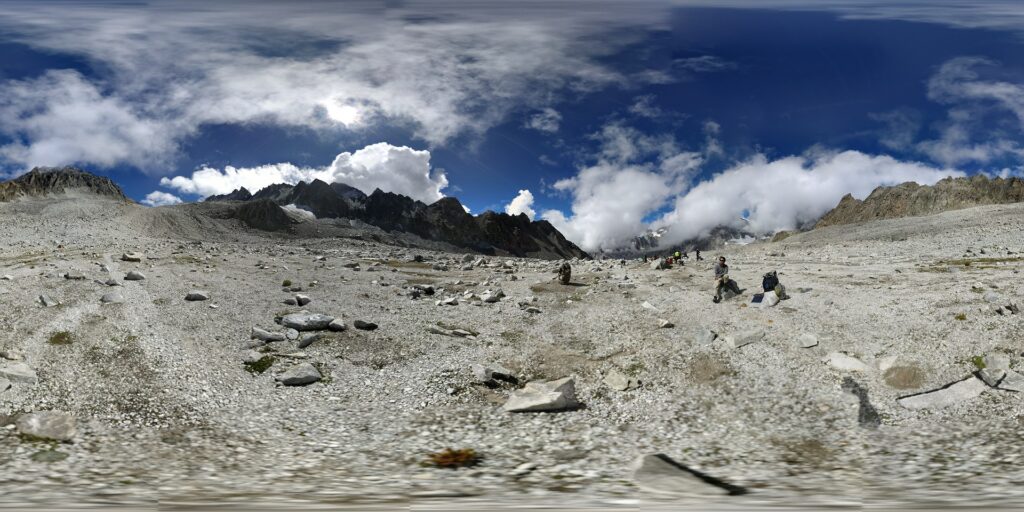Zanskar traverse is one of the classic trekking tours of the Himalayan region. A night at Manali 2050m and next-day visits to the Chandra Bhaga Valley / Chenab and the day of trekking between Gahar and Stod valley in Lahaul & Spiti district of Himachal Pradesh, allows good acclimatization at an altitude between 3000 to 3500m, before starting the trek from Padum to Kanji. This trek takes us from Manali in Himachal Pradesh to Leh Ladakh Valley through Zanskar and the Himalayan high passes. Many monasteries, villages, and breathtaking landscapes all along the route. The complete crossing of Zanskar from south to north. Ten days of walking in the heart of fabulous landscapes of immensity and roughness, mountain passes, spectacular monasteries with almost medieval rhythm. The Zanskari villages, cut off from the world six months a year by the cold, the altitude, and the snow.
-
Car
-
5,100 m
-
Tent/Camp
-
Manali
-
Manali
-
June, July, Aug, Sept, Oct
-
Trekking/Hiking
-
All meals during the trek
-
Difficult
-
4,500 m
Overview
Zanskar traverse is one of the classic trekking tours of the Himalayan region. A night at Manali 2050m and next-day visits to the Chandra Bhaga Valley / Chenab and the day of trekking between Gahar and Stod valley in Lahaul & Spiti district of Himachal Pradesh, allows good acclimatization at an altitude between 3000 to 3500m, before starting the trek from Padum to Kanji. This trek takes us from Manali in Himachal Pradesh to Leh Ladakh Valley through Zanskar and the Himalayan high passes. Many monasteries, villages, and breathtaking landscapes all along the route. The complete crossing of Zanskar from south to north. Ten days of walking in the heart of fabulous landscapes of immensity and roughness, mountain passes, spectacular monasteries with almost medieval rhythm. The Zanskari villages, cut off from the world six months a year by the cold, the altitude, and the snow.
The new road across Shinkun La will take us to the Southern Zanskar. Driving below the famous sacred mountain of Gumburanjon and the extraordinary landscapes throughout this trip in Zanskar and Ladakh. We pass by beautiful villages of Kurgiakh, Sking, Thangso, Testa, Punrey, Raru we arrive at Padum.
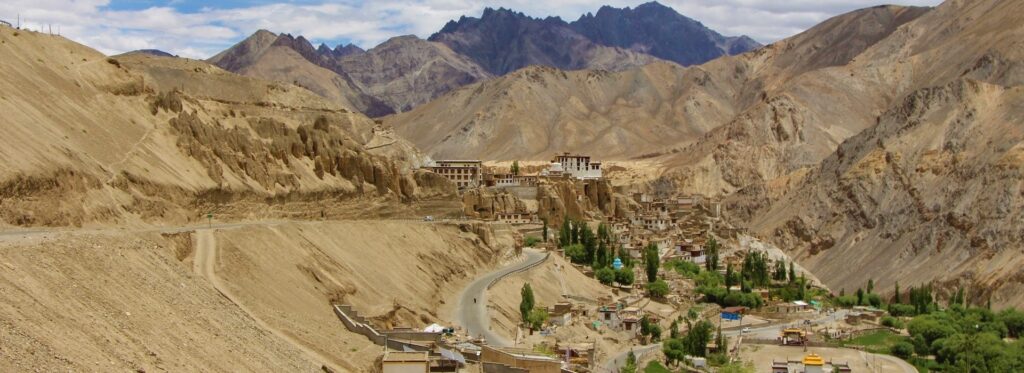
ITINERARY
Day 1: Arrive Manali (2050m)
To help with acclimatization before we start trekking you spend the day in Manali at just over 2000 meters. This is a very popular tourist town and you visit some of its famous sights while you are here.
Day 2: Manali – Atal Tunnel Rohtang – Keylong (3,080 m), 4 Hrs, Acclimatize hike 3 Hrs. Drive Jispa (3,300 m)
Starting the trip from Manali, at the head of the lush green Kullu valley. The road slowly winds up to the Atal Tunnel Rohtang, which is now a new gateway Lahoul and Spiti Pangi and Zanskar valley. The landscape changes dramatically, the greenery being replaced by barren hillsides, where the village with its bountiful fields of barley, peas, and potatoes, stand out in stark contrast. On entering Lahoul the Buddhist influence is visible in the many monasteries crossed on the way. The people here have distinct Tibetan features. Today we drive along the Chenab & Bhaga River to Keylong, which will take us less than 4 hrs. and we set off for a half-day hike in this fabulous landscape. After finishing the hike at Yurnad or Mangmoor, we drive to Jispa for an overnight stay.
Day 3: Drive to Shinkun La (5060 m) – Padum ( 3600 m), 8-9 Hrs.
The new road across Shinkun La will take us to the Southern Zanskar. Driving below the famous sacred mountain of Gumburanjon and the extraordinary landscapes throughout this trip in Zanskar and Ladakh. We pass by beautiful villages of Kurgiakh, Sking, Thangso, Testa, Punrey, Raru we arrive at Padum.
Day 4: Drive to visit Karsha (3,750 m) – Thongde – Zangla (3,500 m) – Pishu (3500m)
Today is the day to explore the important sights around Padum. At first, you drive to Karsha, one of the biggest monastic complex in the Zanskar region, After Karsha we visit Sani gompa and finally to
visit Thongde, which is built on a hilltop by Lama Marpa and its more than 950 years old finally drive to visit Zangla fort and to our camp is beside Zanskar River on a large meadow at Pishu.
Day 5: Trek Pidmo – Hanamur (3650m).
Leaving camp, trek along the Zanskar river for 45 minutes and cross a large bridge and pass beneath the Pidmo village. Passing through the fields of barley, short ascend than along the left bank to the campsite of Hanamur.
Day 6: Trek Parfi la (3,900 m) – Zingchen (3,360 m) – Snertse (3,800 m).
Today after breakfast continue on the left bank of the Zanskar River. Cross Small stream on the left, the trail leads away from the edge of the Zanskar river, steep ascent to Parfi-la (3900m. It’s a long and steep descent to Oma Chu River – Oma means milk in Zanskar and Chu is for water, so simply Oma Chu is “white water or milky water”. Arriving at Zingchen you cross the bridge and up 500 meters on the sandy slope, then one and a half hour to the campsite of Snertse.
Day 7: Trek Hanuma La (4,800m) – Base Lanang (4,000 m)
Leaving camp long and gradual ascent to the pass of Hanuma-la (4800m.) through gorges for four hours to reach the Hanuma la. Spectacular view of Lingshed, Sengge la, and Nyerak from the Hanuma la. This pass is the connecting point between Ladakh and Zanskar. Soon after the pass its 800 meters long descent to the campsite of Lanang also known as Hanumil base.
Day 8: Trek Lingshed (3,900 m)
Today we take a short walk to Lingshed village and spend the afternoon exploring this wonderful village. After Lanang short ascent to a small pass then an easy trail to Lingshed village. Visit the monastery and explore local life in the village.
Day 9: Trek Netoski la (4,475 m) – Skiumpata (4,000 m) – Yulchung (3950m)
Leaving Lingshed we climb to Netoski la (4,475 m). We descend gradually to the villages of Gongma and to the campsite of Skiumpata. and continue to Yulchung village.
Day 10: Trek Sengge-la (4,950 m) – Base (4,400 m)
Leaving Yulchung gradual climb to pass of Sengge-la (4,950 m). Sengge la is also called Lions pass, due to the pass and surrounding mountains making the shape of a Lion. To the south great view of Yulchung and across the Zanskar river the Nyerak. An easy descent from the pass down to the valley and arriving at the lonely stupa where our camp is set.
Day 11: Trek Bumitse la (4,400 m) – Photoksar (4200m).
Leaving early from camp today we will have a long drive ahead to Leh. A short descent to Bhumiktse-la (4,400 m) towards Photoksar, Photoksar is a beautiful village at the base of the huge mountain wall. Arriving at Photoksar, our vehicle will be waiting for us here.
Day 12: Trek Sirsir la (4805m) – Spangthang / Urtsi Dok (4500m).
Leaving Photoksar gentle and easy ascent by following the good path to Sirsir la. Enjoy the wonderful view of Photang and Photoksar valley. From Sirsir la it’s easy descent to the campsite of Urtsi dok.
Day 13: Trek Nigutse la (5100m) – Shilakong (4300m)
Leaving camp arrive at the immense plain where you will find many animals grazing in the area like sheep, goats, yaks, and dzos. After crossing a tiny gully with a wonderful pillar of rocks starts ascending to Snigutse la. The view from the top of the pass is stunning and enchanting. Easy descent to the campsite of Shilakong. A small doksa can be found here, where sheep kept during summertime.
Day 14: Trek Yogma la (4720m) – Kanji (3850m), drive to Fotu La (4100m) – Lamayuru (3500m)
After Shilakong camp, it’s two hrs of the gentle climb to Yogma la. The first view of Kanji valley can be seen from here. Descent to the small hamlet where you will meet Kanji people. Now along the left bank of the stream to Kanji. One of the most spectacular villages in this part. Arrive at Kanji and campsite is just below the village. Explore the village and meet with locals.
Stunning view along the way to Lamayuru. The road goes through a spectacular gorge after Kanji. It’s a short drive to Lamayuru. Arriving at Lamayuru, explore the 1000 years old complex. The oldest monastery in Ladakh, founded by Indian scholar Mahasiddhacharya Naropa in the 11th century. Lamayuru host mask dance festival (Yuru Kabgyat) during 17th and 18th day of fifth months of the Tibetan Lunar calendar. It belongs to the red hat sect of Tibetan Buddhism; the monastery is rich with Thankas and wall paintings. Lamayuru monastery was constructed by Arahat Nimagung between the 10th and 11th centuries. History says that in the 11th century the Mahasidha Naropa visited this place and the cave where he resided and meditated is still to be seen inside the monastery.
Day 15: Drive Lamayuru – Alchi (3200m) – Likir – Leh (3500m)
Continue to drive to Alchi monastery, situated at a distance of 68 km from Leh. Its monastery built on lowlands rather than on a hilltop as others are, in order to protect from enemies. The chortens around the Alchi gompa contain numerous wall murals of Lotsava Rinchen Zangpo, who has built this monastery. Alchi monastery has vast collections of wall paintings and wood sculptures. Continue to Likir and then to Leh.

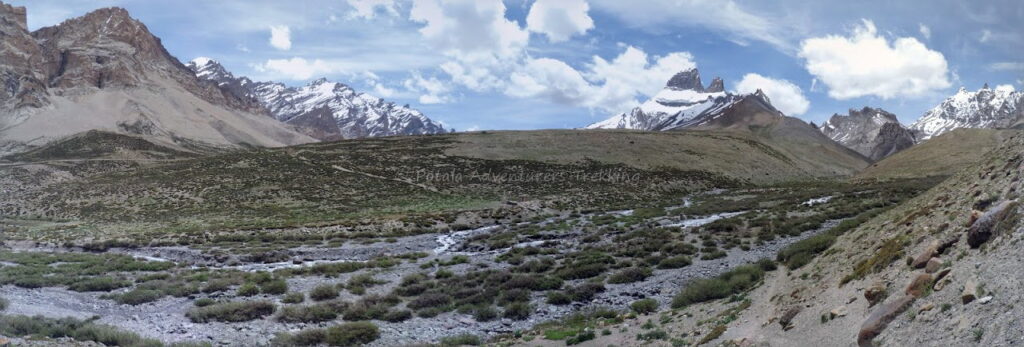
Trip Highlights
- Ancient Zanskar Trail
- High passes of Zanskar and Ladakh
- Spectacular Zanskar valley
- Scenic mountain trail and campsites at peaceful locations

